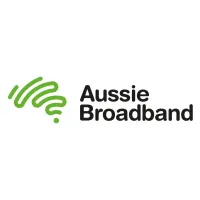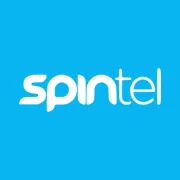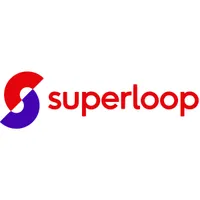Planning to upgrade to one of NBN Co's new NBN 500 or NBN 750 plans this September? Don't make this rookie mistake
Strike while the iron is hot and nab a free fibre upgrade now

There are 81 days until new NBN plans are set to roll out into the Australian internet landscape, and as Tom's Guide's resident broadband expert, it has come to my attention that many Aussies aren't prepared for the changes. So, let me break them down for you, dear reader.
On September 14, 2025, NBN Co will debut new speed tiers to the wholesale market — NBN 2000, NBN 750 and NBN 500 — the last two of which will act as 3x and 5x speed boosts for existing NBN 250 and NBN 100 plans, respectively. These speed upgrades will come at no additional cost for retail service providers (RSPs) to buy at a wholesale level, with hopes for minimal cost changes for consumers.
It's reasonable to expect that a few early adopters will have 500Mbps, 750Mbps and 2,000Mbps plans readily available to order by early October but, much like the NBN 1000 introduction a few years ago, it might take until early 2026 for a wider NBN 2000 plan rollout.
However, before considering any of these high-speed plans, there are several updates you can make to ensure your property can access the fastest speeds possible. Read on to find out.
Upgrading your NBN connection to FTTP for free
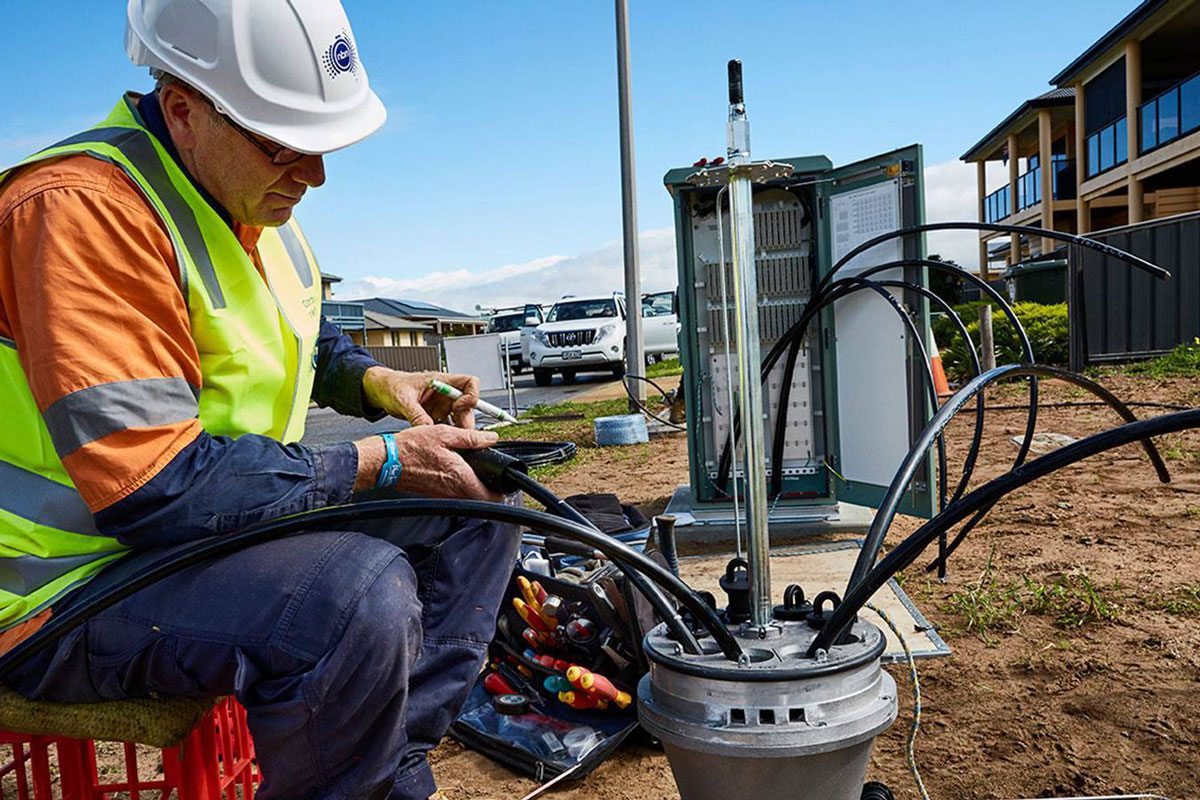
Sometimes falling for propaganda pays off, and it does tenfold when it comes to NBN Co's free fibre rollout — a feat that has been trekking on since 2021. The full fibre upgrade has continued to evolve the existing fibre-to-the-node (FTTN) network to fibre-to-the-premises (FTTP), with more than 9 million homes and businesses already able to achieve fibre-fast speeds. Note that this doesn’t mean you can access the FTTP network right now, but just that you are likely eligible to activate the upgrade.
According to an update in March 2025, NBN Co expects to upgrade around 90% of the network — around 10 million homes and businesses — by December 2025, providing access to the highest NBN speeds possible. The NBN will also provide new upgrade paths for the remainder of the network, benefitting around 622K homes and businesses, largely located in regional Australia.
As for the new tiers coming into play, NBN Co has confirmed these speeds are only available for FTTP and hybrid fibre coaxial (HFC) addresses. So, if you have any other connection type at home, you'll need to upgrade to FTTP first in order to purchase an accelerated plan.
Get instant access to breaking news, the hottest reviews, great deals and helpful tips.
If you’re currently on an FTTN or fibre-to-the-curb (FTTC) NBN connection type, you're likely eligible for an upgrade. If you’re not sure of your connection type, you can either check the details of your NBN plan or head to the NBN Co website and enter your address in their suburb tracker.
Once you've completed your checks and found you are eligible for the upgrade, you'll need to order an NBN plan with 100Mbps or more from a participating NBN provider. A full list of providers can be found on the NBN website.
After ordering your new plan, all you need to do is sit and wait for an NBN technician to visit your address and, hey presto, you're on your way to faster speeds. Do make sure to cancel your current plan before transferring over to your FTTP plan.
Updating your old modem
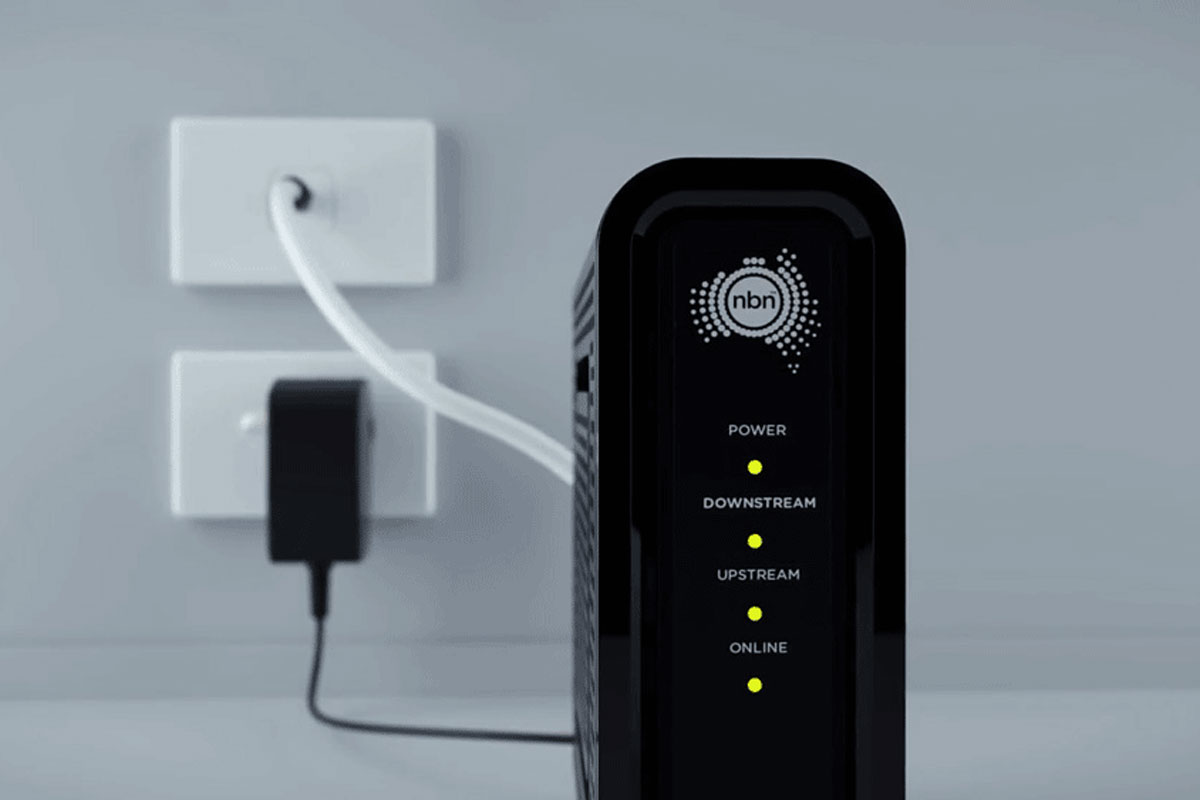
It goes without saying that technology, in any form, often has a lifespan. Some items need updating more than others — like a phone or laptop — and your Wi-Fi modem should be at the top of that list.
If you haven't upgraded your modem in the last five years, it's about time you changed that to get ahead of the curve. It's recommended that you replace your modem every three to five years, especially if you experience connection problems and slow speeds.
Making the switch to a newer, better Wi-Fi modem has a plethora of benefits, including improving the performance of your devices, like laptops, smart TVs, game consoles and even smart home products such as doorbells or indoor cameras.
If you're keen on getting a new Wi-Fi modem that will support 2,000Mbps speeds, it's worth considering one of the best Wi-Fi 7 routers. Wi-Fi 7 is the latest technology available, providing the fastest speeds and the lowest latency possible. Though, it's worth noting that Wi-Fi 7 modems do cost a pretty penny, but there are a few affordable options out there.
Right now, the Amazon eero 7 dual-band mesh router is AU$299 on Amazon, and offers support for download speeds up to 2.5Gbps. If you'd prefer less bandwidth, like either a 500Mbps, or 750Mbps plan, the eero 6 router can support those speeds too, now just AU$199 on Amazon. Both eero options are plug and play modems, meaning they're relatively easy to set up (and you won't need to bother that one tech-savvy friend in your life).
Speeds, speeds, speeds!

Let's dive into speeds. On one hand, having plenty of internet speed can be a good thing, especially if you have multiple people and several devices living in your household. On the other hand, you could be paying too much for speeds you don't use, which could prove costly in the long run.
Now, speeds over 250Mbps suit heavy internet users, streamers, gamers and larger families best, given that there's plenty of internet to go around without lag or interruptions. When 500Mbps, 750Mbps and 2,000Mbps plans come into effect, you may question whether it's worth a switch to a faster plan, and to that I say, it depends.
It truly depends on what NBN plan you're currently using, as NBN 100 plans will see a 5x boost to NBN 500 and NBN 250 plans will get a 3x boost to NBN 750. Provided your preferred RSP passes down these wholesale speeds to consumers, anyone on a 100Mbps plan or above on an FTTP connection should be able to access these fast speeds. So in theory, you may not even need to upgrade your plan at all.
As for NBN 2000, I'd say, if you're a heavy internet user, have the means to afford one or simply want to try out hyperfast speeds when they do become available, go for it. But again, you may be satisfied with an existing speed boost, and find there's no need to switch plans or providers.
After upgrading your modem and connection type, it's definitely worth considering what speeds you actually need. You can always try a faster tier from your preferred provider in the meantime, and decide what's best for you when new plans become available.
Best EOFY NBN deals
Right now, there are bargains aplenty on some great NBN deals, thanks to EOFY sales. But you'd better get in quick — these attractive introductory rates are set to expire on June 30, 2025!
Aussie Broadband | NBN 100 | AU$85p/m using code DEAL10 (for 6 months, then AU$95p/m)
Advertising 99Mbps downloads and 16Mbps uploads, Aussie Broadband's NBN 100 plan comes in at AU$85p/m for 6 months using code DEAL10 during EOFY. Knocking a total of AU$60 off the first year before the price increases, ABB discounts are few and far between — the last time we saw similar outlays was during Black Friday 2024 — so if you've wanted to try out the telco's premium service for less, now's a great time.
ABB is highly rated among gamers and heavy internet users alike, so if you find your current provider is lacking in those areas, it could be worth the switch. You can also bundle a home or mobile phone line alongside your service, starting from AU$10p/m.
Total minimum cost: AU$85 | Total first year cost: AU$1,080 | Total yearly cost: AU$1,140
SpinTel already has a leg up on its competition by offering this new 750Mbps plan, for just AU$95p/m ongoing. This plan will reach theoretical maximums during the busy evening hours.
That said, SpinTel’s NBN 250 plan is currently AU$14 cheaper (or $81p/m) thanks to a six-month introductory discount, and we’d anticipate that it will be boosted for free to NBN 750 later this year. So, you could be paying a little more by opting for SpinTel’s unofficial NBN 750 plan right now instead of waiting for NBN Co’s official rollout.
Total minimum cost: AU$95 | Total yearly cost: AU$1,140
Superloop | NBN 1000 | AU$85p/m (for 6 months, then AU$109p/m)
Right now, Superloop's NBN 1000 plan has been slashed by a massive AU$24p/m over the first six months, offering a nice AU$144 discount.
Advertising lightning-fast speeds of 860Mbps in the busy evening hours, Superloop's speed claims are some of the fastest available on the tier, coming in just behind Flip's 900Mbps, Swoop's 890Mbps and Buddy Telco's 875Mbps.
This deal offers incredible value for money, as the AU$85p/m cost is far cheaper than some of the major telcos' 50Mbps plans — and delivers 17.2 times the maximum speeds. If you need all the megabits, Superloop's got ‘em.
Total minimum cost: AU$85 | Total first year cost: AU$1,164 | Yearly cost after discount: AU$1,308

Lucy Scotting is a digital content writer for Tom’s Guide in Australia, primarily covering NBN and internet-related news. Lucy started her career writing for HR and staffing industry publications, with articles covering emerging tech, business and finance. In her spare time, Lucy can be found watching sci-fi movies, working on her dystopian fiction novel or hanging out with her dog, Fletcher.
You must confirm your public display name before commenting
Please logout and then login again, you will then be prompted to enter your display name.
